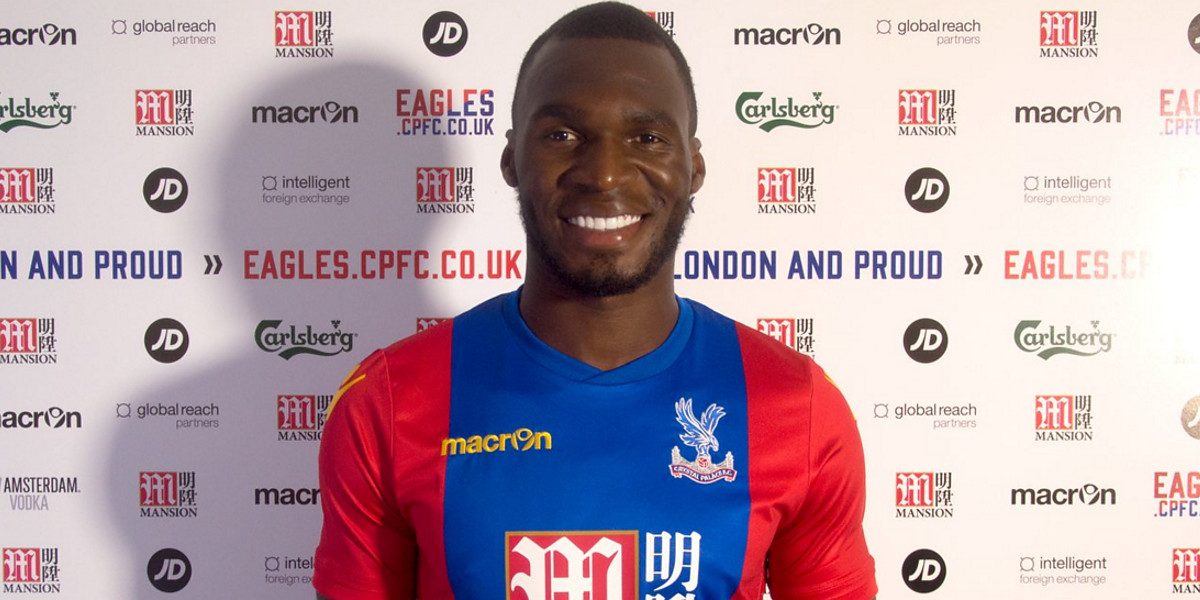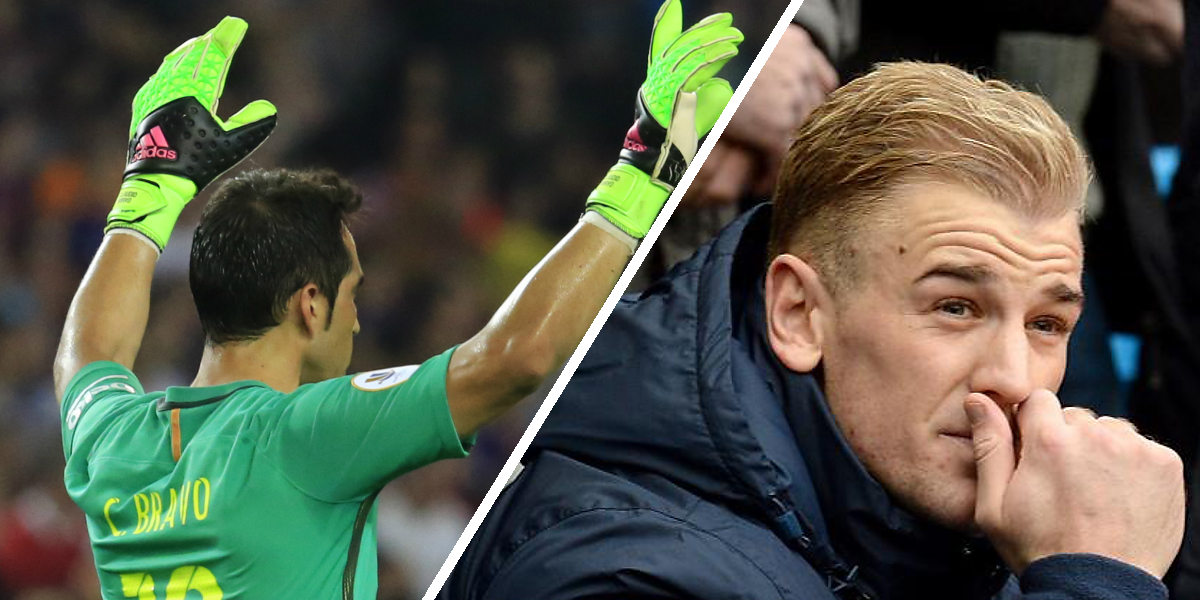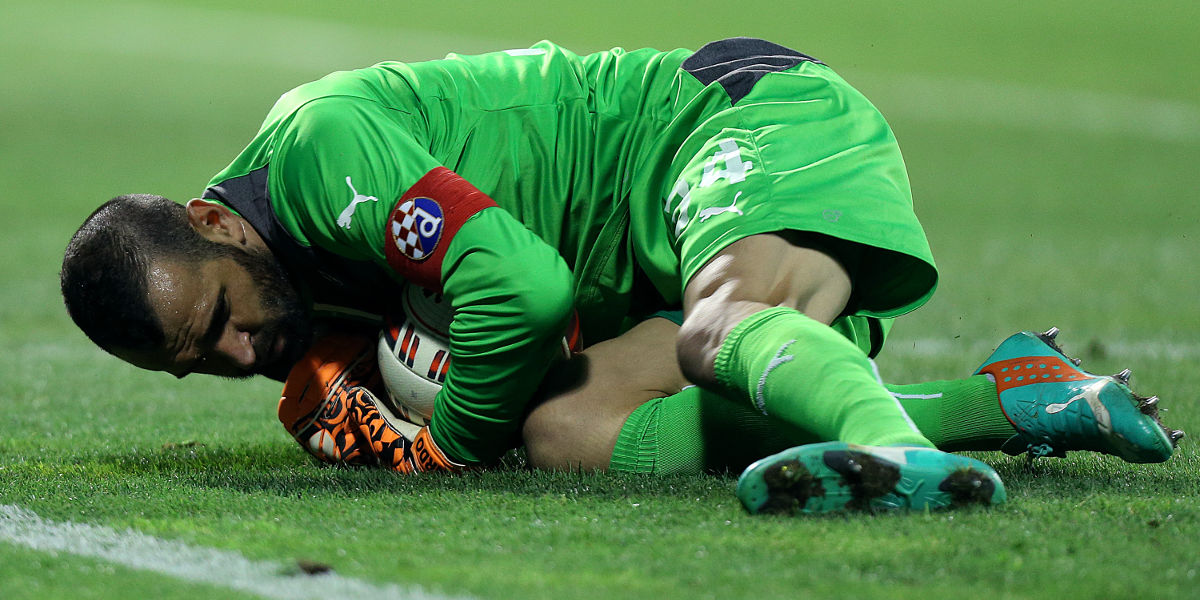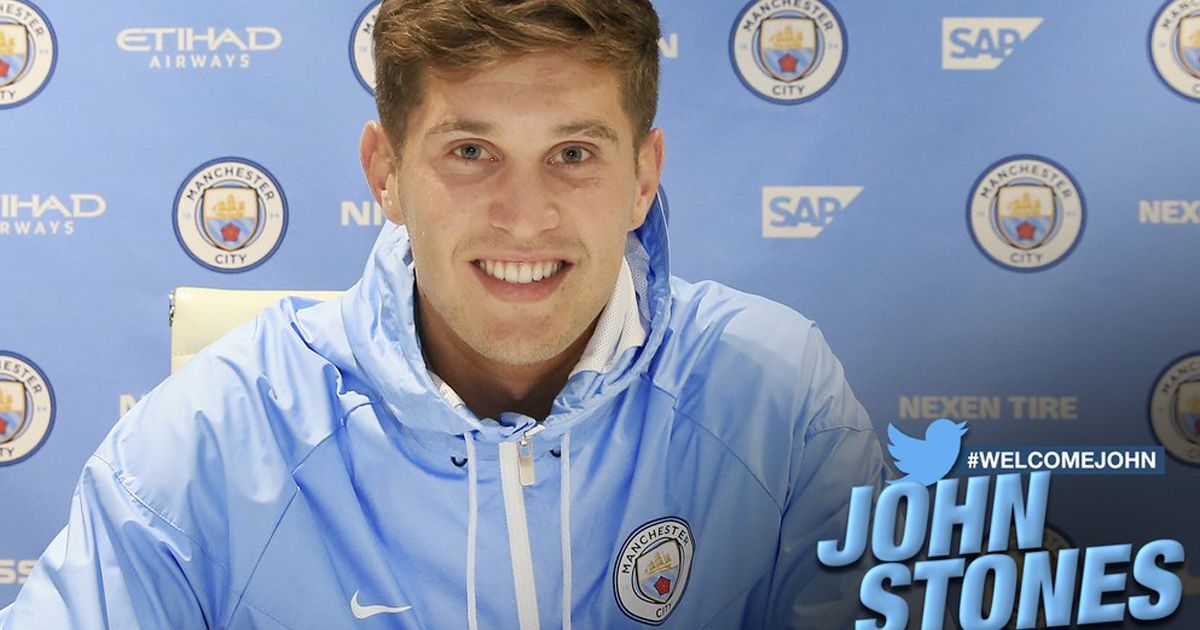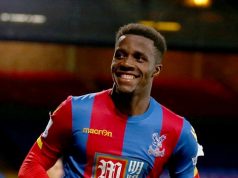By Ewan Roberts
On Sunday, Andre Villas-Boas and Neil Warnock meet for the first time since the latter’s lowly, relegation-battling QPR side beat Chelsea 18 months ago. In the intervening time, both managers suffered the embarrassment of the sack, but have found more compatible jobs, homes even, elsewhere.
For Villas-Boas, defeat against Warnock’s R’s marked the beginning of the end of his ill-fated tenure at Stamford Bridge. The Portuguese boss began to unravel in the wake of the Blues’ 1-0 loss against their west London rivals, giving an aggressive and poorly judged post-match interview before becoming engulfed and visibly drained by the all-consuming John Terry racism saga.
Villas-Boas publicly backed Terry, saying that the incident was “just a great misunderstanding and something blown out of proportion.” Not for the first time, Villas-Boas would say something alarmingly insular and more than a little bit odd. As the scandal dragged on, the Portuguese became snappier, more condescending and constantly on the offensive.
His furious tirade against referee Chris Foy earned him a £12,000 fine, while Chelsea would win just seven of their next 18 league games. The once suave, modern coach was beginning to look rather dishevelled and increasingly under pressure.
Which was entirely understandable, given the revolt taking place within “his” squad. Villas-Boas had entered the lion’s den like a whirlwind, determined to overhaul an aging side, but he underestimated the player power of Chelsea’s dressing room, and overestimated the support that would be offered to him by owner Roman Abramovich.
The breakdown of his relationship with Chelsea’s key players wasn’t fully apparent until the west London club travelled to Naples. The Portuguese omitted both Ashley Cole and Frank Lampard – whom he had already told was surplus to requirements when he first arrived – and the pair looked decidedly glum and disillusioned on the bench, barely acknowledging their boss.
Interestingly, Terry was one of very few players Villas-Boas enjoyed a good relationship with, which goes some lengths to explaining why he was so unrelenting in his misguided support for the centre-back.
More questionable comments in the media followed, as did countless nights spent in a bizarre Japanese-style pod at Chelsea’s training ground. Alex and Nicolas Anelka were ostracised, though it wasn’t until an unnecessary fall out with Petr Cech that Villas-Boas’ relationship with his squad was truly damaged beyond repair. Soon after, he was sacked.
Warnock, an unlikely ally, sympathised with the then 34-year-old manager’s post QPR defeat rant. “When you are beaten like that and have two men sent off, it’s easy to blame the referee,” he told reporters. “When you’re young, you do that. I’ve done that in the past.”
The Leeds boss, quite correctly, pinned Villas-Boas’ shortcomings and increasingly volatile quirks on a lack of experience. But in the world of football, where managers so often laud the merits of defeat as an opportunity for growth, failure can be utilised and harnessed, and Villas-Boas learnt a great deal from the mistakes he made at Chelsea.
At Tottenham, the Portuguese head coach has been a veritable delight. He’s presented a more affable, light-hearted side of his persona which can be attributed as much to the media training he has received as the sense of comfort and ease he is now experiencing in north London.
Villas-Boas’ handling of the media was identified as a major weakness in his interview for the role at Spurs, not that you would know it from his new-found warmth and likeability. There’s an effervescing enthusiasm for the sport that, at Chelsea, was masked behind his robotic and passionless diatribes.
He toes the club’s line in a way that predecessor Harry Redknapp never did – for example, though Villas-Boas privately pines for further reinforcements, in public he maintains that he is happy with his current squad. He’s also more responsible, using the press to condemn the action of Lazio fans where once he had labelled the gross booing of Rio Ferdinand by Chelsea fans as “a normal situation”.
His interpersonal skills have improved dramatically too. There are shades of Jose Mourinho about his openness with the squad, interacting with each of players and holding one-on-one meetings, even binding the squad together further with multiple Christmas parties. Redknapp may have gone, but the arm-around-the-shoulder approach still exists at White Hart Lane.
But where Redknapp had favourites (see Scott Parker’s continued selection ahead of Sandro), Villas-Boas’ meritocracy allows players the chance to earn a place in the team, and even alter his own perception of the player.
This is most apparent with Michael Dawson. Villas-Boas tried to sell the Spurs skipper during the summer – risking alienating a popular member of the squad, much like he did with Lampard – but Dawson opted to stay and fight for his place, and won over his Portuguese boss.
“He was pretty much honest and said he couldn’t guarantee me games,” recounted the 29-year-old. “I respected him for that. But he has never once left me out there. He’s been great. Everyone has opinions and, hopefully, I’ve changed his opinion now. He speaks to me on a regular basis and when I wasn’t playing, it was the same.”
Dawson’s old school qualities, overly-direct long balls forward and lack of pace can look out of place in Villas-Boas’ slick passing side and high line, but there’s a very evident sense of belonging about Dawson and you suspect Villas-Boas finally understands the importance of having the right types of characters in his squad, no longer valuing a player’s football qualities over their human ones.
Everything is beginning to fall into place for Villas-Boas at Tottenham, and his reunion with Warnock highlights the transformative journey the Portuguese has been on. Chelsea Football Club, still brimming with rotten apples and ballboy-kickers, may not have changed, but Villas-Boas certainly has – and Spurs are beginning to reap the rewards.








